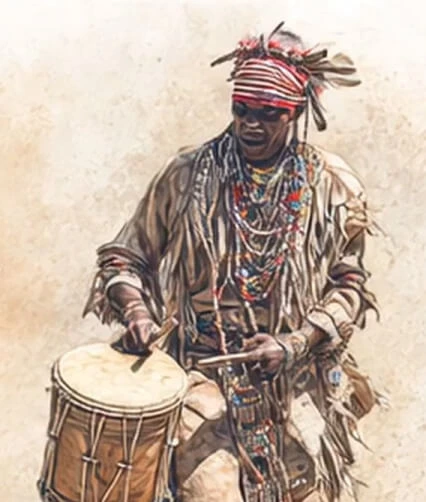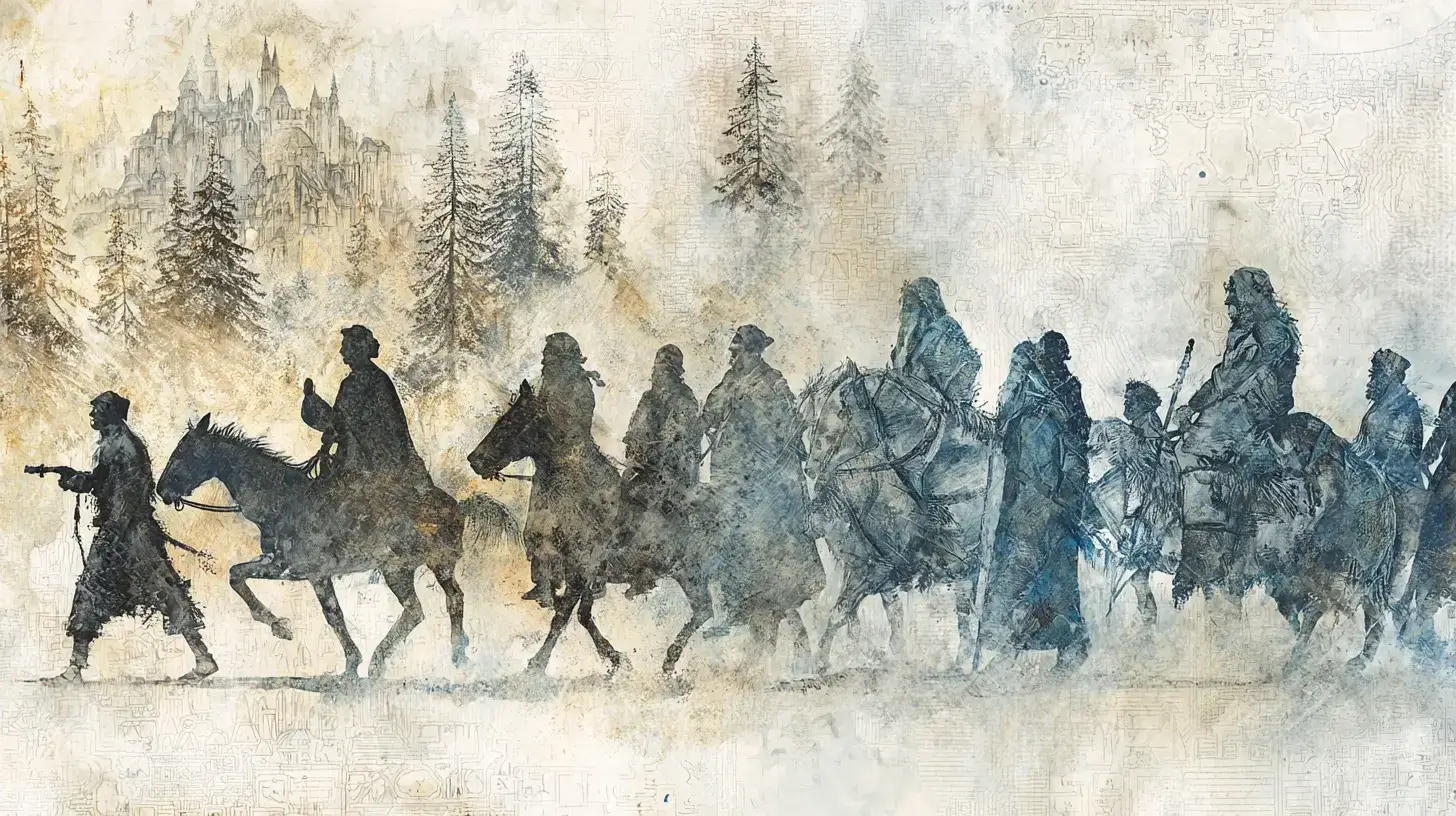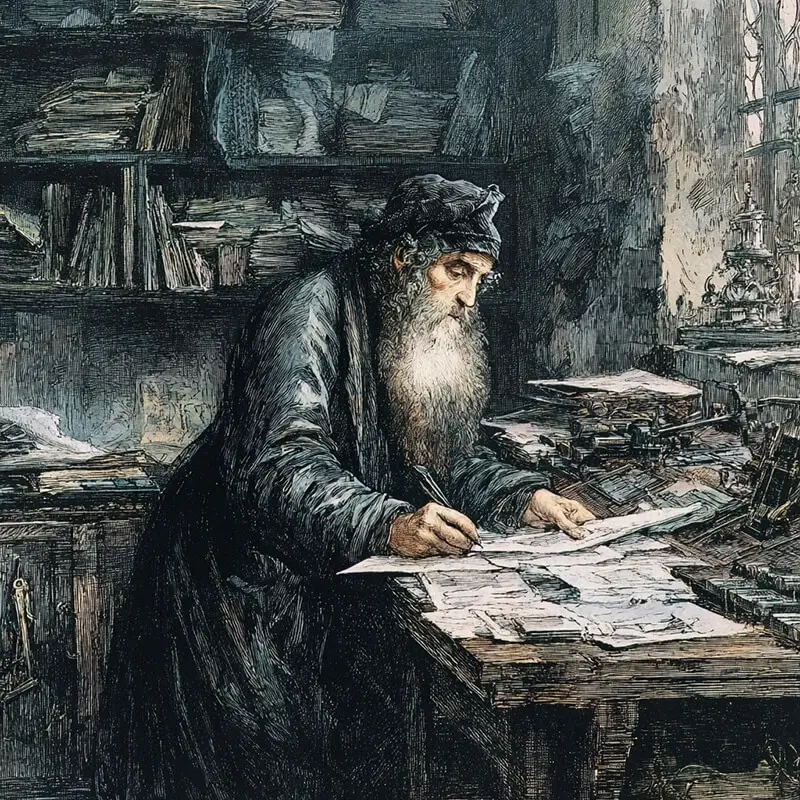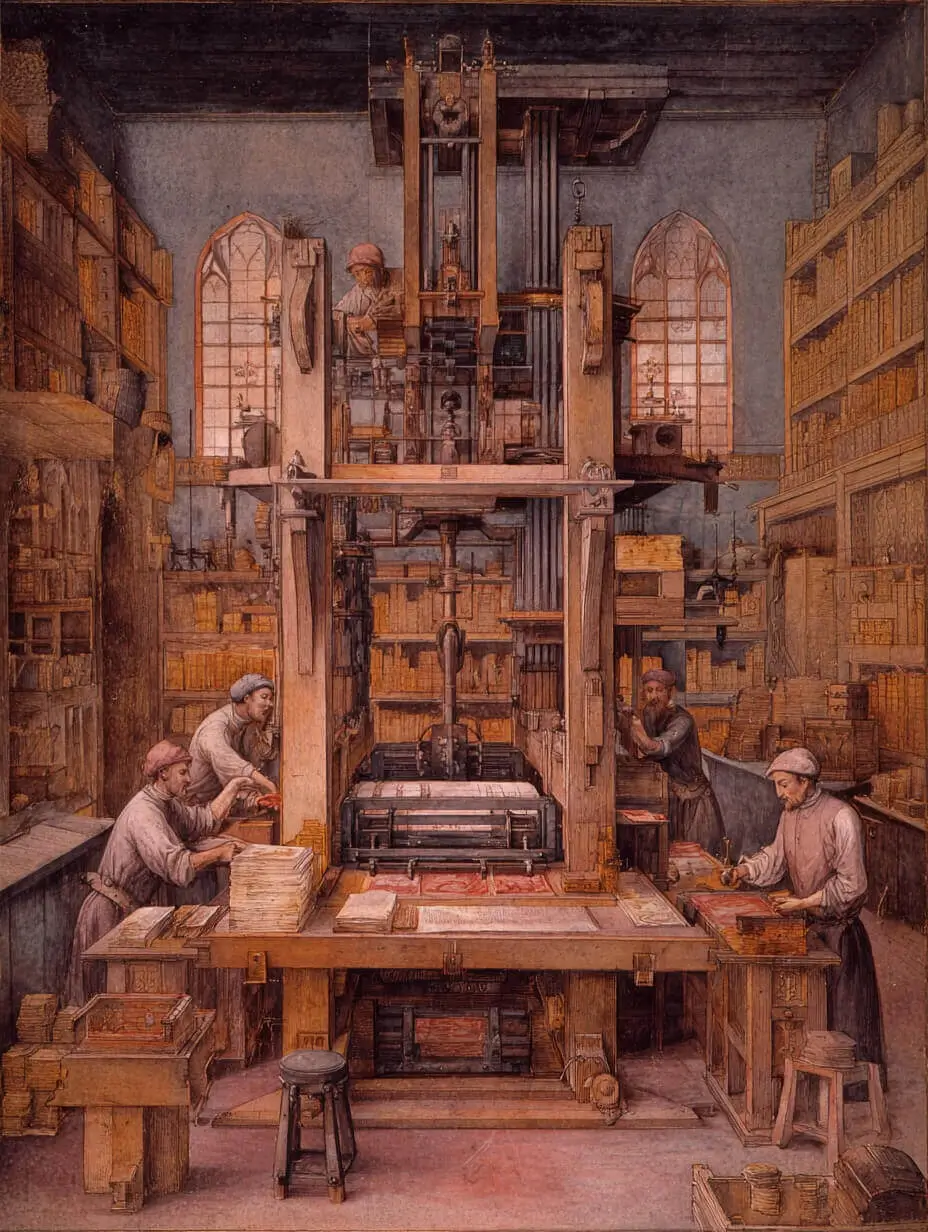🪧 From Primitive Groups to Organized Communication
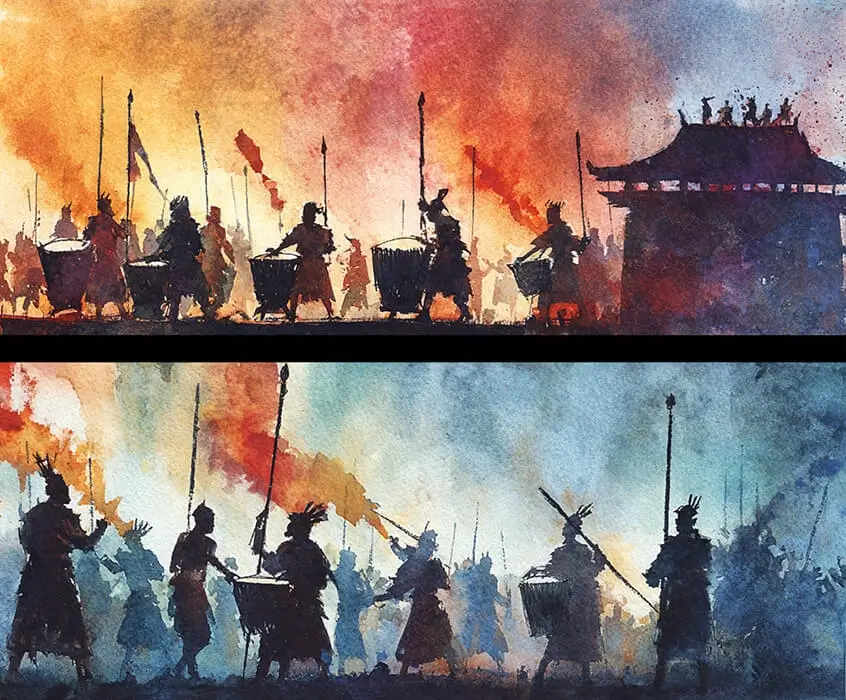
Human communication has gone through an extraordinary evolution since the dawn of civilization. From the first gestures and shouts of our ancestors to the sophisticated postal systems of ancient empires, this journey reveals how societies have always looked for more effective ways to transmit information.
When early communities began to settle down in larger groups, they soon came across the need to communicate beyond the limitations of speech. The human voice, however expressive, could not reach out over great distances or last through time. This limitation led our ancestors to work out alternative methods that could get around these natural barriers.

